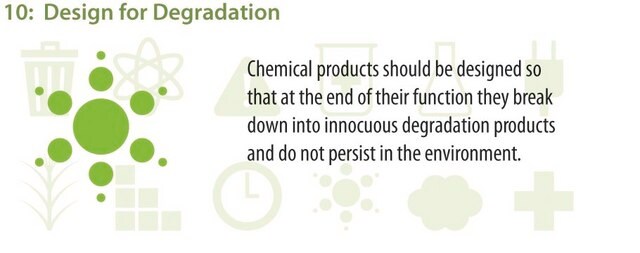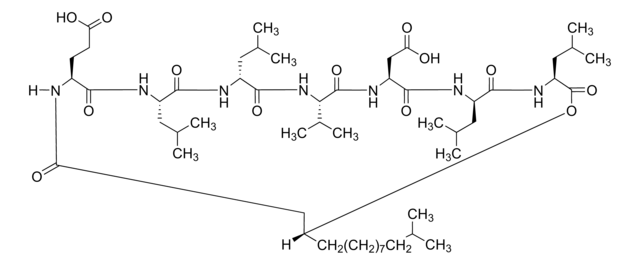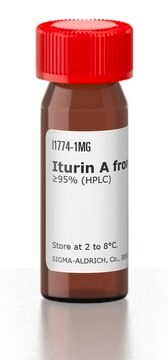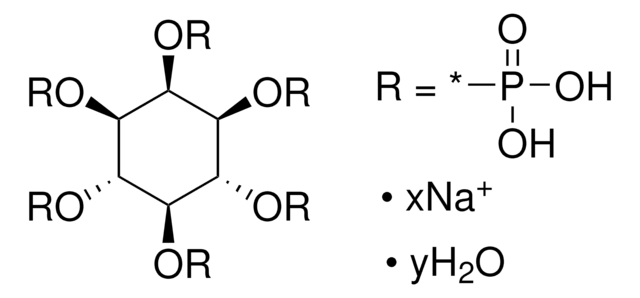R95MD
Rhamnolipids
95% (Mono-Rhamnolipid dominant)
Sinónimos:
Rhamnolipids
Seleccione un Tamaño
Seleccione un Tamaño
About This Item
Productos recomendados
Nombre del producto
Rhamnolipids, 95% (Mono-Rhamnolipid dominant),
origen biológico
Pseudomonas aeruginosa
Nivel de calidad
Formulario
solid/granular
características de los productos alternativos más sostenibles
Design for Degradation: Greener alternative product characteristics
Learn more about the Principles of Green Chemistry.
sustainability
Greener Alternative Product
categoría alternativa más sostenible
, Aligned
Condiciones de envío
ambient
temp. de almacenamiento
room temp
¿Está buscando productos similares? Visita Guía de comparación de productos
Descripción general
We are committed to bringing you Greener Alternative Products, which adhere to one or more of The 12 Principles of Greener Chemistry. This product has been enhanced for hydrocarbon degradation. For more information see the paper Environmental applications of biosurfacants: recent advances, and the many other articles available at: AGAE Technologies
Aplicación
Rhamnolipids are environment friendly and biologically safe surfactants that can kill enveloped viruses. A recent study has shown 222B (10% aqueous solution made with mono-rhamnolipid predominant product R95MD) can be coated on masks to prevent or reduce the spread of enveloped viruses. Click here for more information.
Información legal
Código de clase de almacenamiento
11 - Combustible Solids
Punto de inflamabilidad (°F)
Not applicable
Punto de inflamabilidad (°C)
Not applicable
Elija entre una de las versiones más recientes:
Certificados de análisis (COA)
¿No ve la versión correcta?
Si necesita una versión concreta, puede buscar un certificado específico por el número de lote.
¿Ya tiene este producto?
Encuentre la documentación para los productos que ha comprado recientemente en la Biblioteca de documentos.
Nuestro equipo de científicos tiene experiencia en todas las áreas de investigación: Ciencias de la vida, Ciencia de los materiales, Síntesis química, Cromatografía, Analítica y muchas otras.
Póngase en contacto con el Servicio técnico







